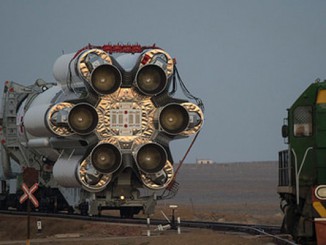
If you’re wondering how cold it might be on Mars today, wonder no more. Just drop by the Mars Weather website for a daily report from Elysium Planitia where the InSight lander touched down late last year.
Sensors making up the lander’s Auxiliary Payload Subsystem are measuring temperature, air pressure and winds to help mission scientists better understand factors that could influence the Mission’s ultra-sensitive seismometer and temperature readings.
“It gives you the sense of visiting an alien place,” said Don Banfield of Cornell University, leader of InSight’s weather science team. “Mars has familiar atmospheric phenomena that are still quite different than those on Earth.”
A typical day for InSight might feature a daytime high of -17 degrees Celsius (2 degrees Fahrenheit), an overnight low of minus 95 C (-138 F) with winds gusting to 16.9 meters per second (38 miles per hour) out of the southwest.
While the weather data is interesting in its own right, it’s vital for scientists collecting data from InSight’s Seismic Experiment for Interior Structure – SEIS – and the lander’s heat flow probe. Both are affected by extreme temperature swings and the SEIS instrument is sensitive to changes in air pressure and wind.

“APSS will help us filter out environmental noise in the seismic data and know when we’re seeing a marsquake and when we aren’t,” Banfield said. “By operating continuously, we’ll also see a more detailed view of the weather than most surface missions, which usually collect data only intermittently throughout a sol.”
The sensors also will help scientists better understand how much dust and sand swirl around the lander and provide insight into frequent low-pressure whirlwinds known as dust devils. InSight’s air pressure sensor is 10 times more sensitive than previous instruments, allowing scientists to detect dust devils dozens of metres away.
“Our data has already shown there are a lot of dust devils at our location,” Banfield said. “Having such a sensitive pressure sensor lets us see more of them passing by.”



